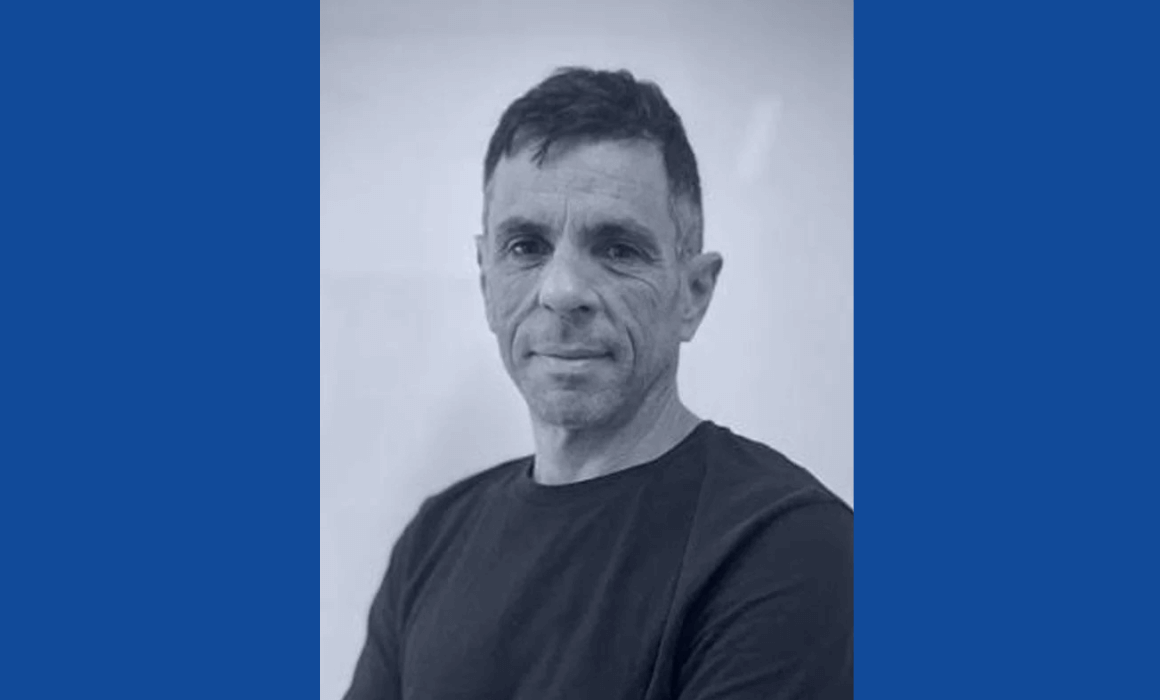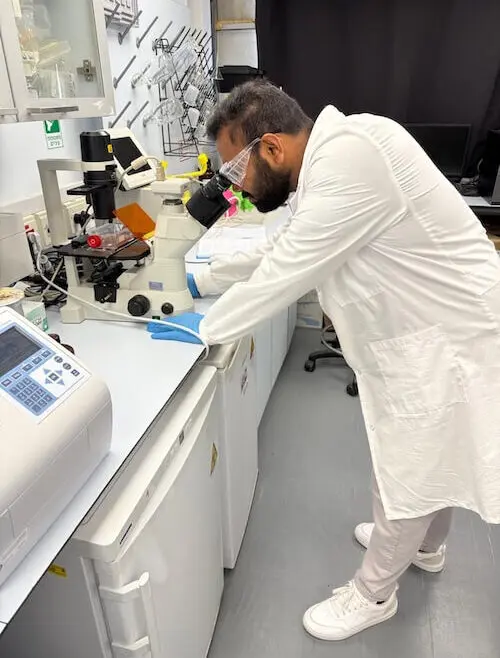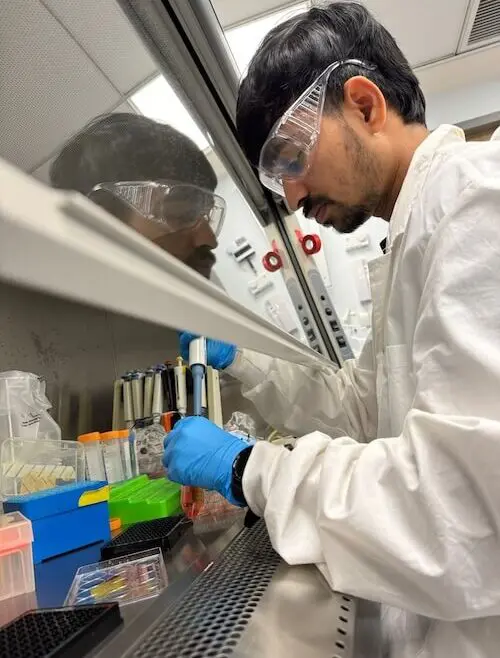A Sound Approach to Safer Cancer Treatment

As the leading cause of death in children living in developed countries, pediatric cancer is long overdue for a safer, more targeted treatment approach – and Technion Professor Alejandro Sosnik believes he may have found one. In his lab focusing on pharmaceutical nanomaterial science in the Technion’s Faculty of Materials Science and Engineering, Prof. Sosnik is developing a promising new strategy known as sonodynamic therapy, aimed specifically at solid tumors in children.
Prof. Sosnik has worked in pediatric drug delivery for nearly two decades, starting in Argentina before continuing at the Technion. “We were not focused on cancer, we were focused on other diseases, mainly infectious diseases,” he shared. “But the idea was to try to push the nanotechnology applications in pediatrics to improve the treatment of different diseases, from cancer to neurodevelopmental disorders.”
His current research focuses on nanoparticles that can accumulate at the site of a tumor and remain inactive until triggered by low-intensity (therapeutic) ultrasound. “In the case of sonodynamic therapy, the sensitizer, which is called a sonosensitizer, is not toxic until the point that you apply the stimulus,” Prof. Sosnik explained. “So even if the sonosensitizer goes to other places in the body, if it is not exposed to ultrasound, we don’t generate any toxicity.”
This distinction is crucial in treating children, who often suffer long-term side effects from chemotherapy toxicity – or the damaging effects of cancer drugs on healthy, developing tissues and organs. “You may be affecting the neurocognitive development,” he said. “Let’s imagine the positive side: a child has been cured from the cancer, but then all the adverse effects that affected the development of the brain will accompany this child forever.”
His lab’s early findings – published in the journal Small – demonstrated that nanoparticles modified on the surface with sugar-based coatings (to mimic nutrients tumors crave) accumulated more effectively in cancerous tissue. In animal studies, repeated nanoparticle injections combined with localized ultrasound significantly slowed tumor growth. “The tumors didn’t grow at all,” Prof. Sosnik noted. “They stayed the same size that we got at the very beginning.”
The project was briefly paused after the lead Ph.D. student was called up from the IDF reserves to serve in Gaza for four months but is now continuing with new team members and patient-derived tumor models sent from a collaborating hospital in Spain.
“We are now working to demonstrate that our treatment could work also in patient-derived tumors, which are much more clinically relevant,” Prof. Sosnik explained.
His team is also expanding the approach to tackle particularly aggressive pediatric cancers like diffuse midline glioma, a lethal brain tumor with no effective treatments. “Most patients only last an average of 10 months after diagnosis,” he said. “So, we are starting to investigate the same strategy.”
They’re also studying this therapeutic strategy in neuroblastoma – a cancer of the nervous system known to disappear and reappear unpredictably throughout the body. The localized nature of sonodynamic therapy could make it an ideal option for recurring tumors: “We inject nanoparticles, and then we can treat the tumor at the place where it emerges again.”
While his current research is focused on children, Prof. Sosnik acknowledges the potential for adult applications, especially if the approach moves toward commercialization. “We are very aware that if at some point we succeed with these studies in animals and we want to move forward to a startup company for example, we will need to also expand these studies to adult cancers.”
Prof. Sosnik’s lab is based entirely at the Technion, with additional studies conducted at the University’s animal facilities and through international collaborations. His work is supported by several funding sources, including the Bruce and Ruth Rappaport Cancer Research Center (RTICC), the Israel Science Foundation, the Israeli Innovation Authority, and Russell Berrie Nanotechnology Institute. “A current study in collaboration between the Technion and the Albert Einstein Israelite Hospital in São Paulo, Brazil is exploring this technology on glioblastoma in adults,” he explained.
Though his therapy is not yet being used to treat patients, Prof. Sosnik remains hopeful about its future. “We are still in the research phase. It’s not that we are rushing now to treat patients.”
The next steps include testing the treatment in patient-derived tumor models and expanding studies to hard-to-treat cancers like diffuse midline glioma. “We want to see this technology reach the clinic. We want to save lives,” Prof. Sosnik remarked. “We have the science. We have the technology platform. Now we need the will to make it happen.”





